Solution
-
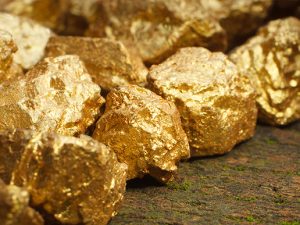
Ultimate Guide to Gold Ore Crushing & Processing: Efficient Techniques & Equipment
Gold ore processing is a critical stage in transforming raw mineral deposits into market-ready precious metals. This guide explores advanced methodologies and machinery for optimizing gold recovery rates while maintaining cost-efficiency. 1. Ore Preparation & Crushing The first step in[ .. ]Read More -
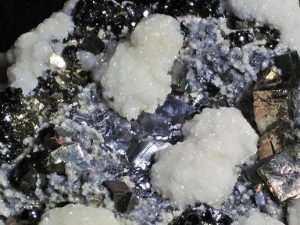
Core technology breakthrough in lead-zinc ore crushing and processing
As an important nonferrous metal resource, the crushing and processing technology of lead-zinc ore directly affects the efficiency and economic value of mineral processing. In view of the large hardness difference of lead-zinc ore (Praeter hardness 5-7) and the complex associated minerals, the[ .. ]Read More -
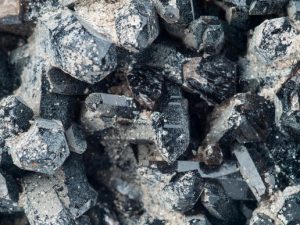
Magnetite Ore Crushing & Processing: A Comprehensive Guide
Magnetite ore, a key iron-bearing mineral, requires specialized crushing and processing to maximize industrial value. Here’s an optimized workflow to ensure efficiency and quality: 1. Crushing Stage Primary Crushing: Large magnetite ore blocks (≤1,200mm) are reduced to 200-300mm using ja[ .. ]Read More -
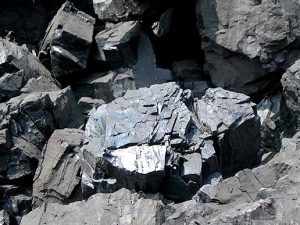
Silver Ore Crushing and Beneficiation: Enhancing Efficiency and Sustainability
Silver, a precious metal with diverse applications ranging from jewelry to electronics and medical uses, is extracted from silver ore through a series of meticulously designed processes. The journey from raw ore to refined silver involves crucial steps such as crushing and beneficiation. Under[ .. ]Read More -
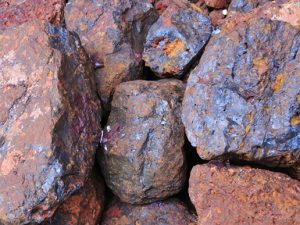
Iron Ore Crushing & Processing: Efficient Crushing Equipment and Process Optimization
In the field of iron ore mining and processing, the selection of crushing equipment and process design directly affect production efficiency and operating costs. 1. Equipment selection: matching ore characteristics with production needs Jaw crusher As the main primary crushing equip[ .. ]Read More
